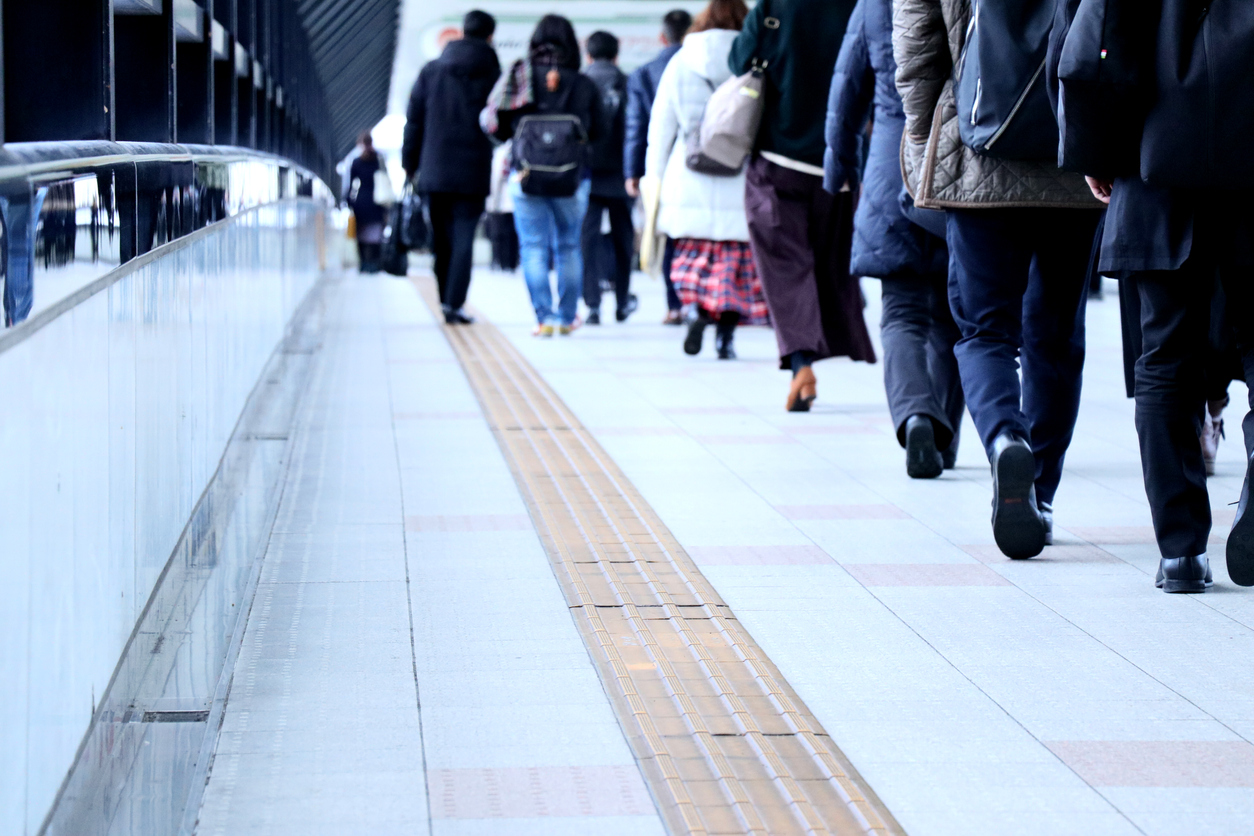The UK’s unemployment rate has remained unchanged despite Britain’s economy flatlining, official figures show.
The Office for National Statistics (ONS) revealed the rate of UK unemployment was 3.7 per cent in the three months to December, the same rate that was recorded in the three months to November.
Chancellor Jeremy Hunt released a statement, saying: “In tough times unemployment remaining close to record lows is an encouraging sign of resilience in our labour market.
“The best thing we can do to make people’s wages go further is stick to our plan to halve inflation this year”.


The figure of 3.7 per cent had edged slightly higher than the previous calendar quarter, with the unemployment rate standing at 3.6 per cent in the three months leading up to September. Additionally, the number of job vacancies fell, and the number of redundancies rose. This may now feed through to the next quarter’s unemployment data.
The data also showed that regular pay growth was 6.7 per cent in the three months to December, the strongest growth rate seen outside the pandemic, the ONS said.
However, wages continued to be outstripped by rising prices. Once consumer prices index (CPI) inflation is taken into account, regular pay fell by 3.6% in the three-month period, compared with the previous year.
This decline is smaller than the record fall of 4.1% seen over the three months to June, but still remains among the largest falls in real pay since comparable records began in 2001, the ONS said.
In a sign that the labour market is slowing, the estimated number of vacancies fell by 76,000, the seventh consecutive fall.
This reflects economic pressures and uncertainty still leading firms to hold back on recruitment, the ONS said.
The ONS’s director of economic statistics, Darren Morgan, said: “The last quarter of 2022 saw fewer people remaining outside the labour market altogether, with some moving straight back into a job and others starting to seek work again.
“This meant that although employment rose again, unemployment edged up also.
“Although there is still a large gap between earnings growth in the public and private sectors, this narrowed slightly in the latest period. Overall, pay, though, continues to be outstripped by rising prices.
“Though still at historically very high levels, job vacancies have dropped again, with a particularly sharp fall from the smallest employers.
“The number of working days lost to strikes rose again sharply in December. Transport and communications remained the most heavily affected area, but this month there was also a large contribution from the health sector”.
Labour’s shadow chancellor, Rachel Reeves said: “Britain has huge potential – but 13 years of the Tories has left real wages down, families worse off, and our economy lagging behind on the global stage. The government needs to stop sitting back and following this path of managed decline.
“Labour will get people back into work, with our real plan for growth to create good, new jobs across every part of our country”.
The Liberal Democrats also blamed the Conservatives for squeezing pay, and driving “the economy to the edge of recession”.
The Resolution Foundation has said that the new labour market data points to softer demand for and increased supply of workers — with rising unemployment and falling vacancies contrasting with a welcome rise in participation.
Nye Cominetti, Senior Economist at the Resolution Foundation, said: “The labour market is sending a tentative signal to policy makers, with evidence of cooling in the jobs market and extra labour supply alongside early evidence of slowing pay growth.
“The fall in economic inactivity since the summer is welcome, though the accompanying rise in Zero Hours Contracts less so. And the bigger picture is a stark real wage squeeze that is prompting ever more industrial action”.












